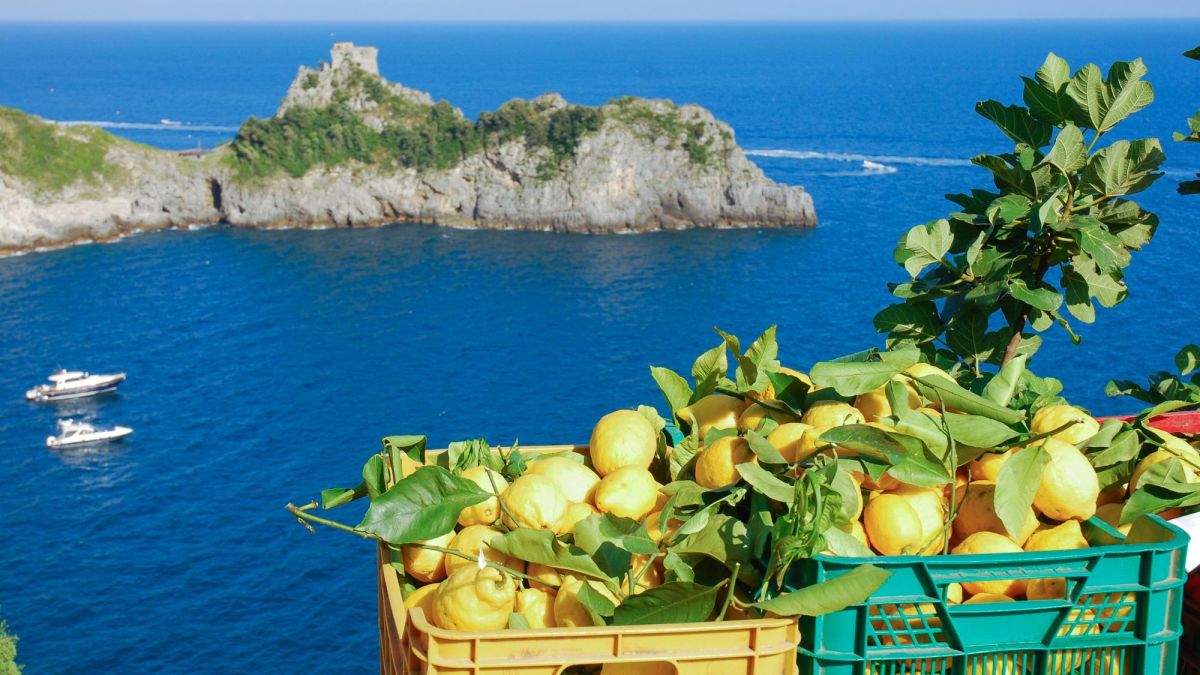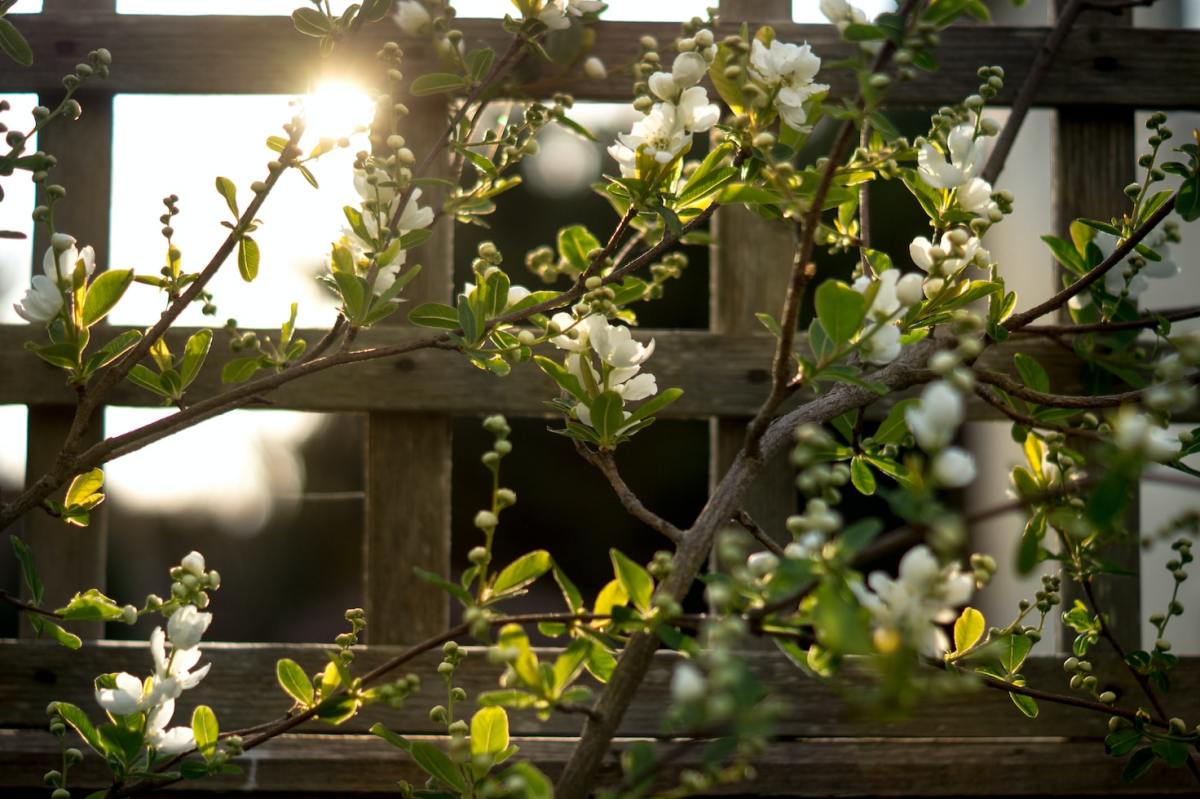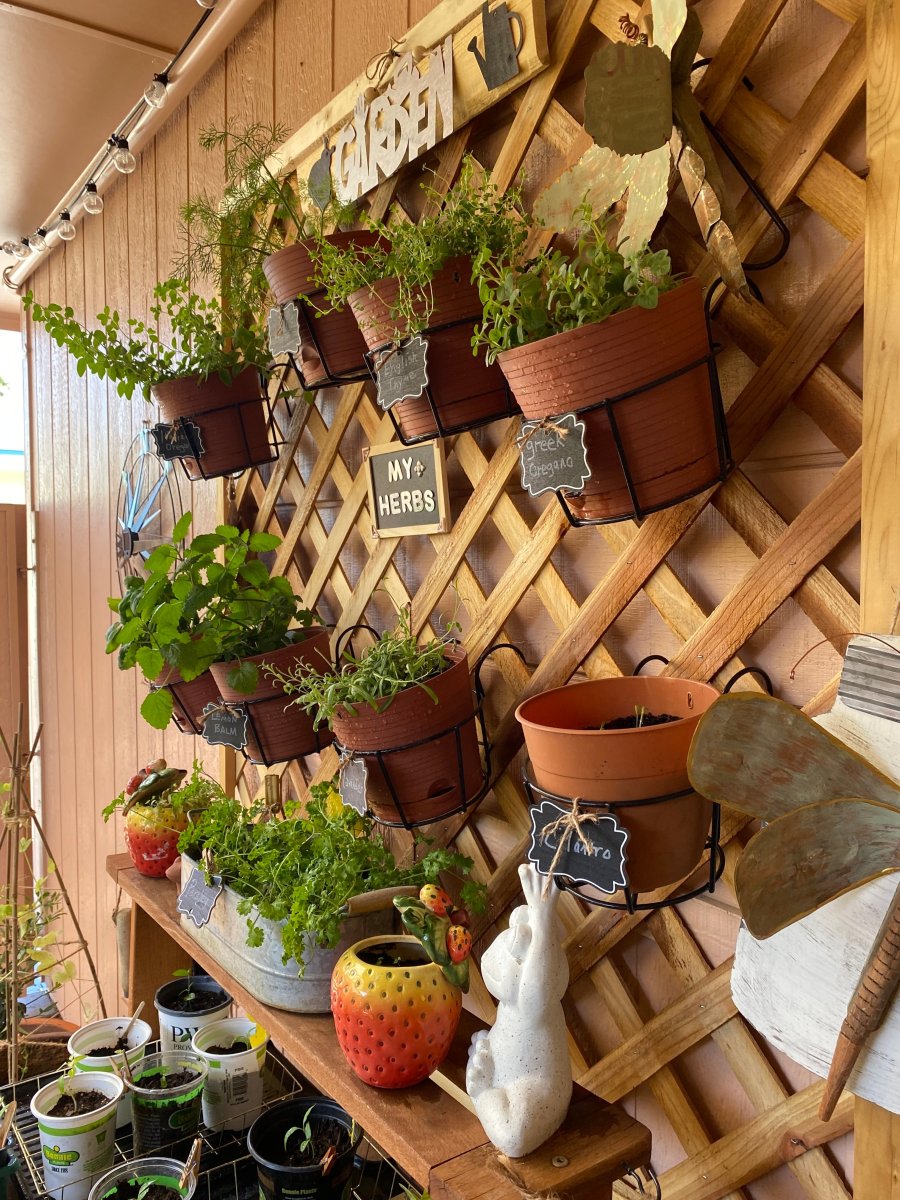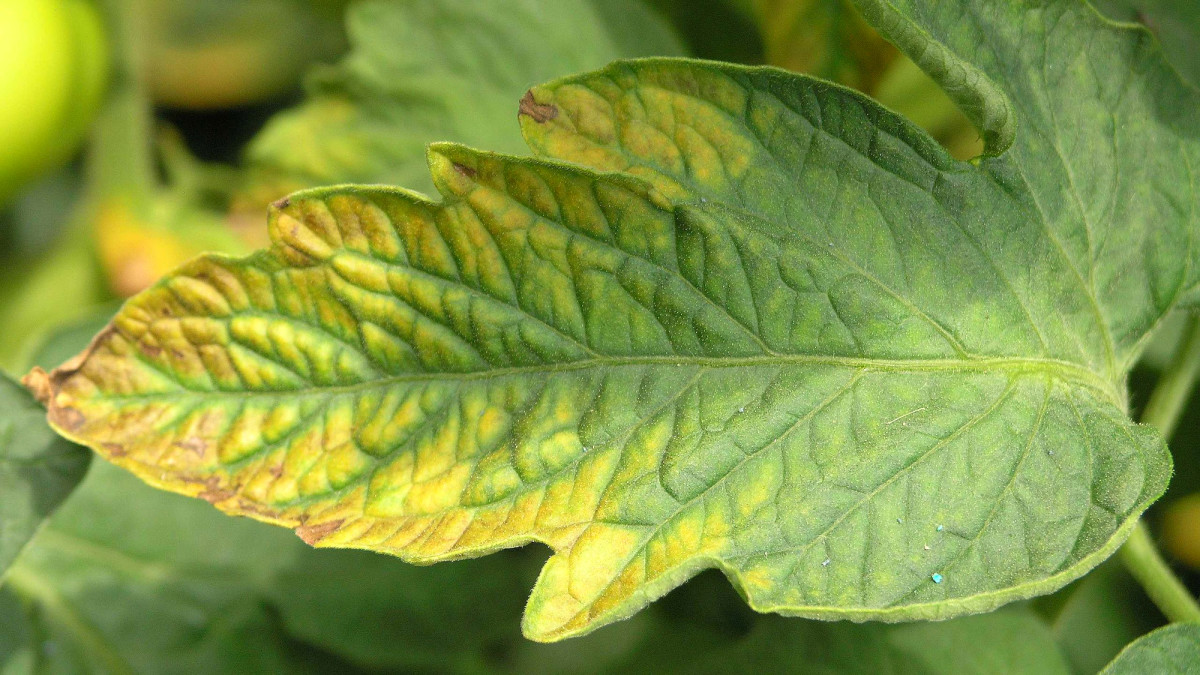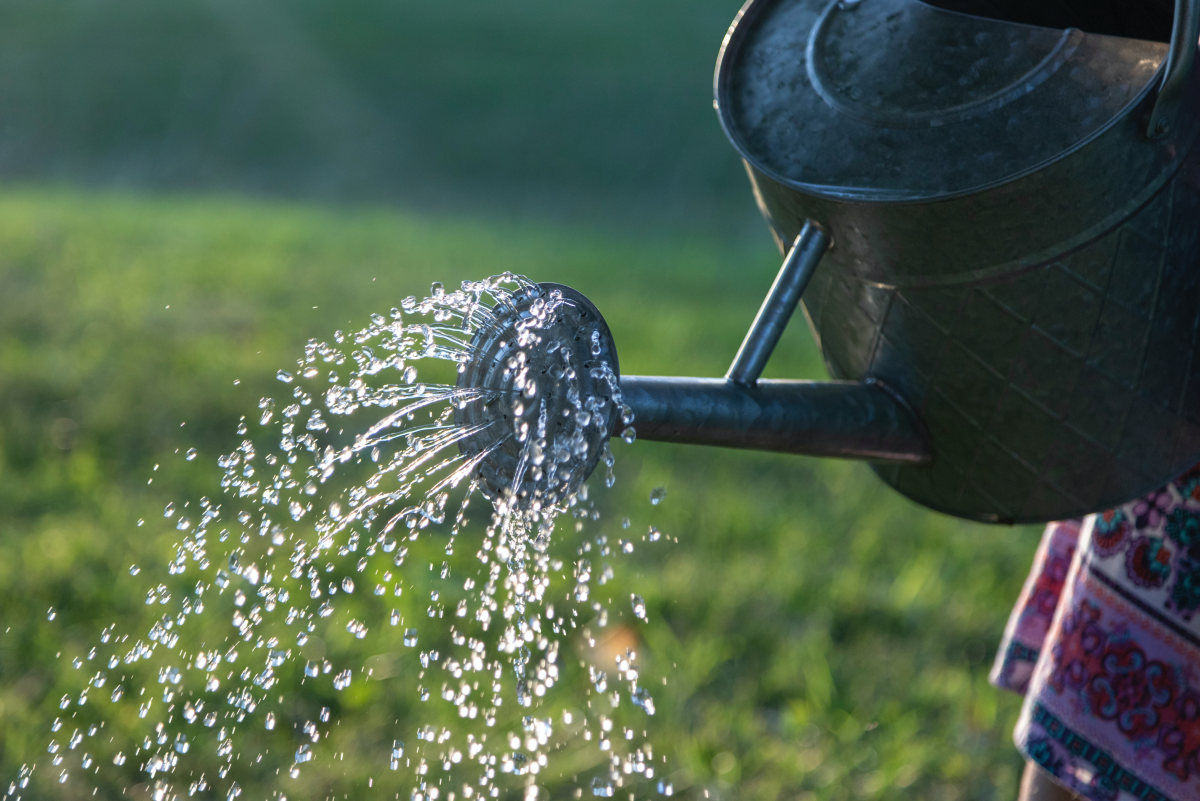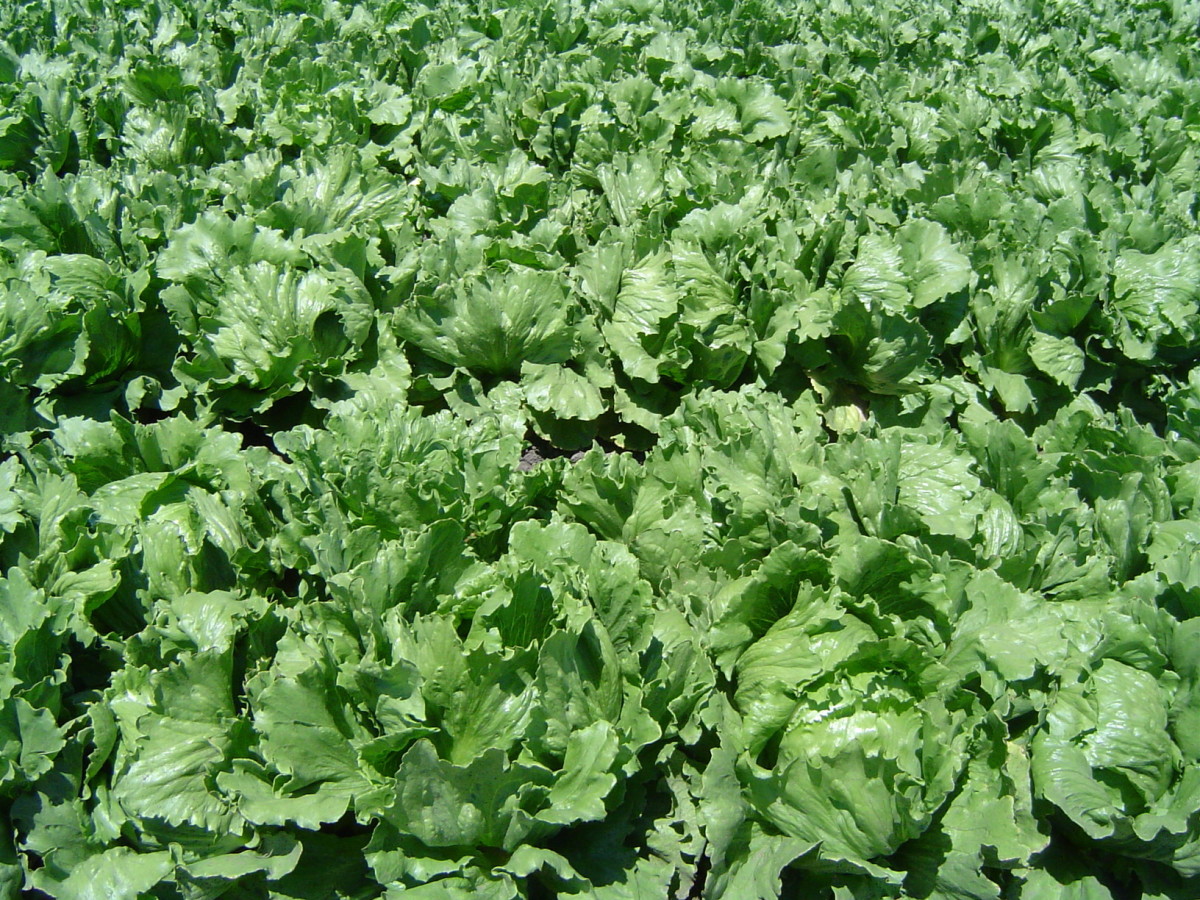How to Grow Trellised Gourds and Pumpkins
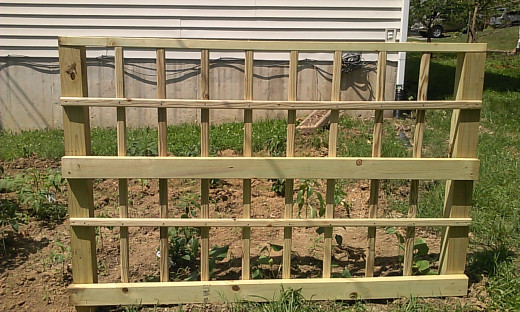
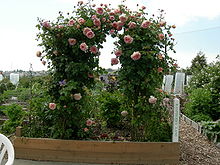
Are you a little short on space in the garden? Don't want your gourds and pumpkins being eaten from the ground up? Trellis them! You can grow smaller varieties of pumpkins and pretty much any variety of gourds on trellises. Pumpkins 5 lbs. or less are small enough to grow on trellises, granted you've built the trellis to take the weight.
Benefits to Trellising Gourds and Pumpkins:
- Ease of harvest
- Creates a wind block for the rest of the garden
- Inhibits insect infestation because of the open air nature of the vines (bugs like to hide)
- Decreases chances of disease (both because of fewer pests and more air movement)
- Fruits are less likely to be eaten because they aren't lying on the ground
- Greatly reduces space needed to grow them (Grow up, not out)
There are two different types of trellises I've used to grow gourds and pumpkins. One is a triangle type, which has two sides that meet at the top. The second is freestanding, which is like a fence that is built to handle the weight of the large number of fruits your gourd or pumpkin can vines will produce.
Triangular
- The easiest way to build this style is to take two treated 2x4's 6' long and lag bolt or carriage bolt them together at one end. Depending on how large of a trellis you want, you can use longer or shorter 2x4's and you can use longer or shorter runners to put them together.
- Once you've bolted several pairs together, you can use 2x3's or 2x4's to build the runners. These runners go between each set of legs, which are bolted together at one end. To fasten them to the legs you've already built, you can either use nails or screws. Screws will hold better, but in any case make sure you are using fasteners that can be used in treated wood. The runners should be fastened perpendicular to the legs, one foot from the bottom and about every 1.5 feet there after. These are going to be what holds the weight of the plants and their fruits.
- Next, you'll want to use treated 1x2 furring strips fastened perpendicular to the runners (parallel with the legs). These will help you train the vines up the trellis and give them something to grab a hold of. As your building the trellis, you'll want to open up the stance of the legs to about a 30 degree angle. The trellis will stand on its own without being staked to the ground, but you can fasten it to posts driven into the ground if you wish.
Freestanding
- To build a freestanding trellis, dig post holes two feet deep every 4-6 feet. Depending on how tall you want your trellis, you'll need 4x4 treated posts that are 2 feet longer than how tall you want your trellis to be.
- Once your post holes are dug, you can put in your posts. You'll want to use a level to make sure they are straight up and down. Use one of the 2x4 runners to make sure all of your posts are in a straight line. No one wants a wandering trellis.
- Once squared up, fill in the hole with a few shovel fulls of soil, then pack. Repeat this step until your hole is filled.
- Once all of your posts are set and squared, you can fasten your runners to the posts. The bottom runner should be no more than 1 foot from the ground. Each subsequent runner should be fastened about 1.5 feet over the previous one. Once all of your runners are fastened, you will want to fasten 1x2 treated furring strips parallel to the posts (perpendicular to the runners). Like before, your screws or nails should be usable in treated lumber. Galvanized nails will react with the lumber and will be weakened after five years or so.
Once you got your trellis built, you will want to till up the soil around the base. Give yourself at least two feet on either side of the trellis. You can plant root crops like carrots, onions, garlic, radishes, etc. along the edges of the garden bed. Some crops like onions and garlic can also help to deter pests. For decorative gourds and pumpkins, plant your seed every 6 inches. For pumpkins larger than the miniature varieties, plant hills of 3-5 seeds every 2 feet.
As your vines grow, you'll need to train them up the trellis. This means once they are about a foot and a half long, use strips of cloth to gently tie them to the bottom runner. As they continue to grow, you'll need to keep training them up. Tying will become less and less necessary as the vines grow.
When your vines begin to die off in the fall, the fruits will become evident on the trellis. Enjoy your harvest and happy gardening!
- How to Grow Trellised Gourds and Pumpkins
Growing your gourds and small pumpkins on trellises can be very beneficial. Building them isn't complicated and they last for years. - The Gardener's Guide to Pests
Properly identifying garden pests will make deciding on methods to rid them much easier. Not all pesticides or organic practices work on everything. Know what your up against. - Soil Preparation Made Easy
Soil preparation is the foundation to a great garden. It's also where you begin to understand what makes your garden perform the way it does. - Poor Soil? Your Plants are Telling You the Story
Your plants show signs of nutrient deficiencies when they become an issue. Sometimes the nutrients aren't there, and sometimes they aren't available to the plant. This will give you a break down of what to look for and what causes the deficiency. - Common Garden Diseases and How to Identify and Treat Them
Knowing what diseases can do to your crops and how to identify them is must-know for any gardener. - Fertilizers and Composting for Building up Your Garden
Knowing how to amend your soil and what causes problems will make you a better, more effective gardener.




